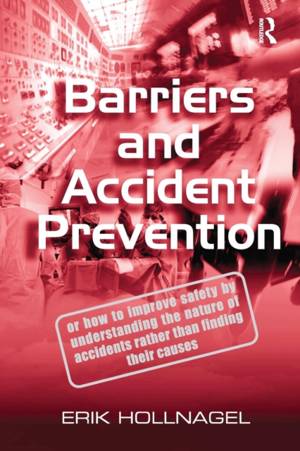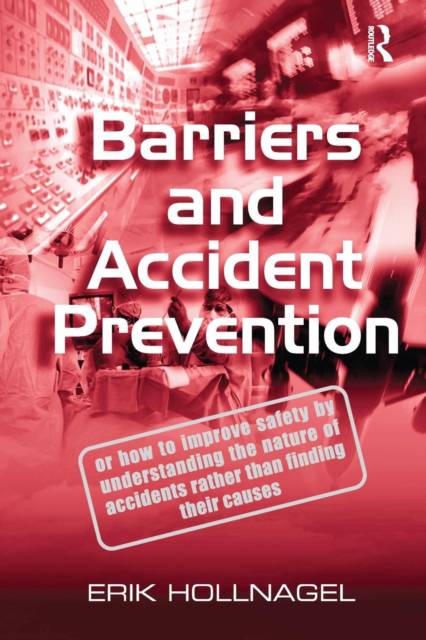
En raison d'une grêve chez bpost, votre commande pourrait être retardée. Vous avez besoin d’un livre rapidement ? Nos magasins vous accueillent à bras ouverts !
- Retrait gratuit dans votre magasin Club
- 7.000.000 titres dans notre catalogue
- Payer en toute sécurité
- Toujours un magasin près de chez vous
En raison de la grêve chez bpost, votre commande pourrait être retardée. Vous avez besoin d’un livre rapidement ? Nos magasins vous accueillent à bras ouverts !
- Retrait gratuit dans votre magasin Club
- 7.000.0000 titres dans notre catalogue
- Payer en toute sécurité
- Toujours un magasin près de chez vous
Description
Accidents are preventable, but only if they are correctly described and understood. Since the mid-1980s accidents have come to be seen as the consequence of complex interactions rather than simple threads of causes and effects. Yet progress in accident models has not been matched by advances in methods. The author's work in several fields (aviation, power production, traffic safety, healthcare) made it clear that there is a practical need for constructive methods and this book presents the experiences and the state-of-the-art. The focus of the book is on accident prevention rather than accident analysis and unlike other books, has a proactive rather than reactive approach. The emphasis on design rather than analysis is a trend also found in other fields. Features of the book include: -A classification of barrier functions and barrier systems that will enable the reader to appreciate the diversity of barriers and to make informed decisions for system changes. -A perspective on how the understanding of accidents (the accident model) largely determines how the analysis is done and what can be achieved. The book critically assesses three types of accident models (sequential, epidemiological, systemic) and compares their strengths and weaknesses. -A specific accident model that captures the full complexity of systemic accidents. One consequence is that accidents can be prevented through a combination of performance monitoring and barrier functions, rather than through the elimination or encapsulation of causes. -A clearly described methodology for barrier analysis and accident prevention. Written in an accessible style, Barriers and Accident Prevention is designed to provide a stimulating and practical guide for industry professionals familiar with the general ideas of accidents and human error. The book is directed at those involved with accident analysis and system safety, such as managers of safety departments, risk and safety consultants, human factors professionals, and accident investigators. It is applicable to all major application areas such as aviation, ground transportation, maritime, process industries, healthcare and hospitals, communication systems, and service providers.
Spécifications
Parties prenantes
- Auteur(s) :
- Editeur:
Contenu
- Nombre de pages :
- 242
- Langue:
- Anglais
Caractéristiques
- EAN:
- 9781138247352
- Date de parution :
- 09-09-16
- Format:
- Livre broché
- Format numérique:
- Trade paperback (VS)
- Dimensions :
- 156 mm x 234 mm
- Poids :
- 344 g

Les avis
Nous publions uniquement les avis qui respectent les conditions requises. Consultez nos conditions pour les avis.






